
Kate is a photographer and has lived in Haworth for the past 20 years. She has been walking up on the moors for the past 10 years or so and one thing she has come to learn is that no two days out on the moors are ever the same. She has been blogging about life out on the Haworth & Stanbury moors for the past three years which you can read about at www.katietuppence.com
Turbine 65 The Waste SD 99768 34126///flying.spins.ruffling

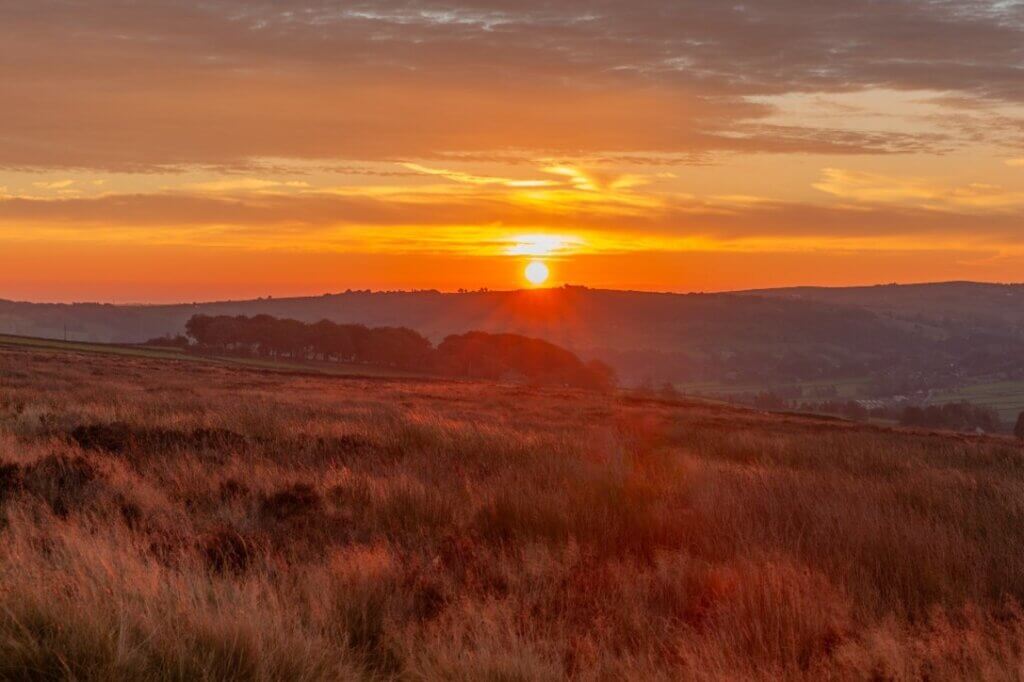
There are so many ways to T65. I decided to go past Harbour Lodge and up Oxenhope Edge onto Stoop Hill.

It’s a beautiful morning, the sky a fiery red as the sun starts to show herself. A deep red glow across the moorlands ahead of me. A noticeable drop in temperature compared to the past week, the air is crisp and fresh, there is a gentle south westerly breeze.
I start to climb Oxenhope Edge pausing for a while to look across Withins Flat and try to imagine the turbines towering above the landscape. I have so many photographs of this scene ahead of me, across the seasons, and I’m finding it difficult now to try and picture it with the turbines present.
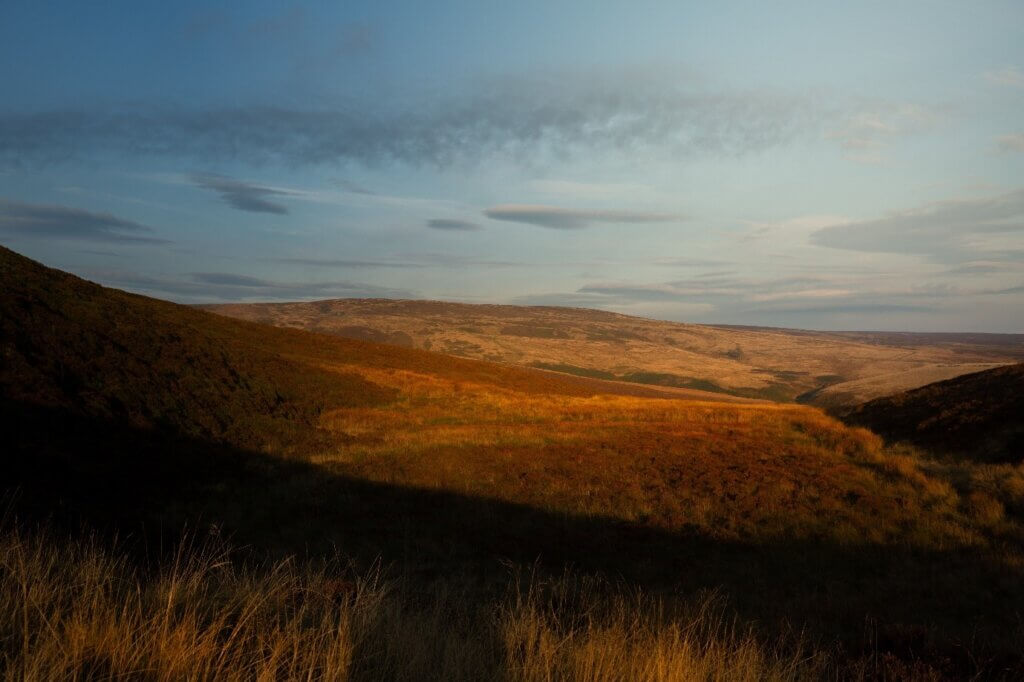
As I’m stood reflecting, I spot something moving out of the corner of my eye, it takes me a while to locate what it is then I spot its white backside bounding across the moorland. I’ve been seeing a couple of roe deer over the past few months, young and skittish. This one seems much older, and I wonder what it is doing out here on its own.

There’s a flock of ewes over to my left grazing, I wonder how they will cope with the construction of the windfarm. Historically this area has always been a farming area with lots of evidence to suggest this such as the drystone walls and derelict farmhouses dotted across the landscape. Wherever you see a lone tree standing the ruins of a derelict farmstead will be nearby, reclaimed by nature.
I’m brought back to the present by the honking of a pair of geese flying overhead and directly over proposed sites T44 & T62. Greylags I think. I decide to press on and soon start to plateau leaving the views of the Worth Valley behind me as Calderdale begins to open up ahead. The sun casting warm hues across the valley, Heptonstall Church and Stoodley Pike both familiar landmarks, as are the turbines up on Ovenden Moor, their presence a stark reminder of why I am here today.
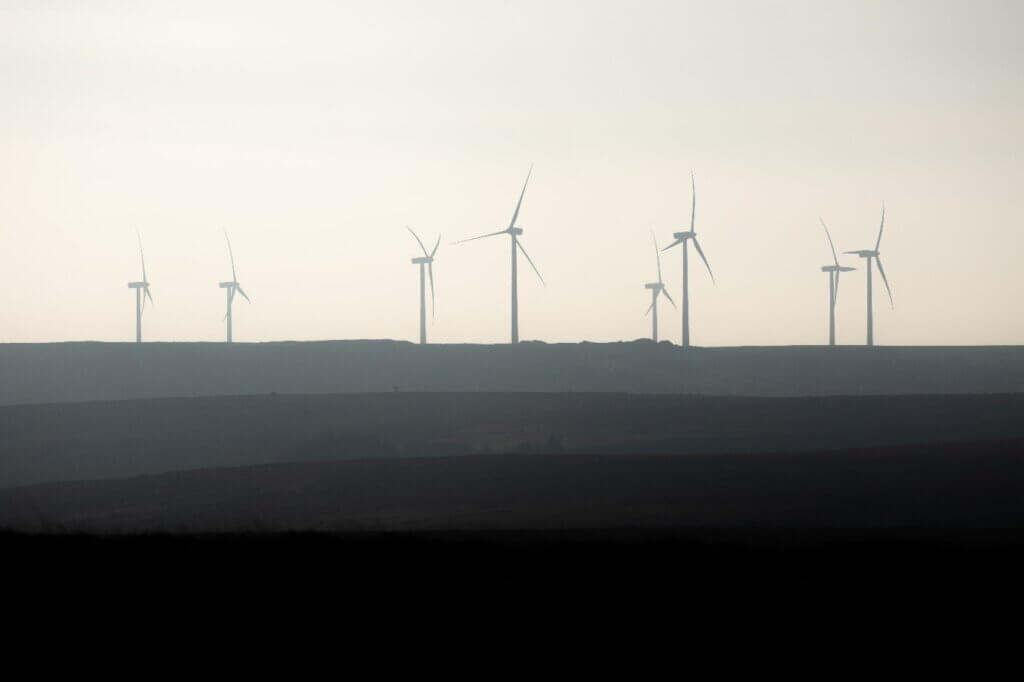
The route takes me along a stretch known as The Waste, which connects Stoop Hill with Top of Stairs on the Calder/Aire trail link. Its name suggests a barren landscape, bare of any plant life and full of junk. It is anything but that.
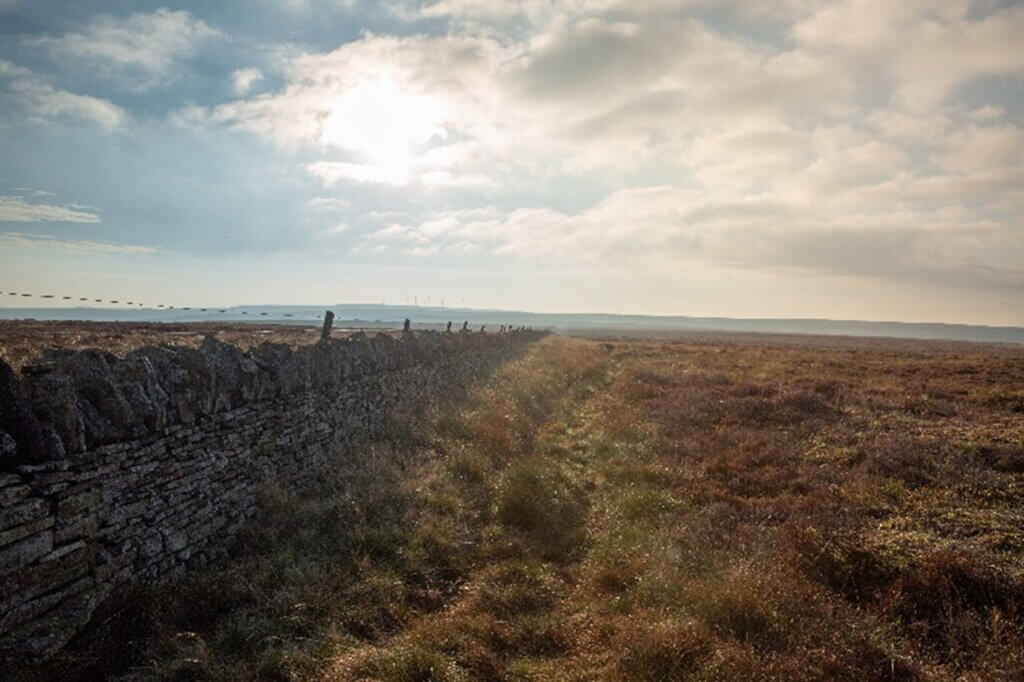
A whole metropolis of plant life underfoot, acres of moor grasses, heath and mosses, the ground soft and boggy. The old walls offer a perch for the meadow pipits and this morning was no exception.
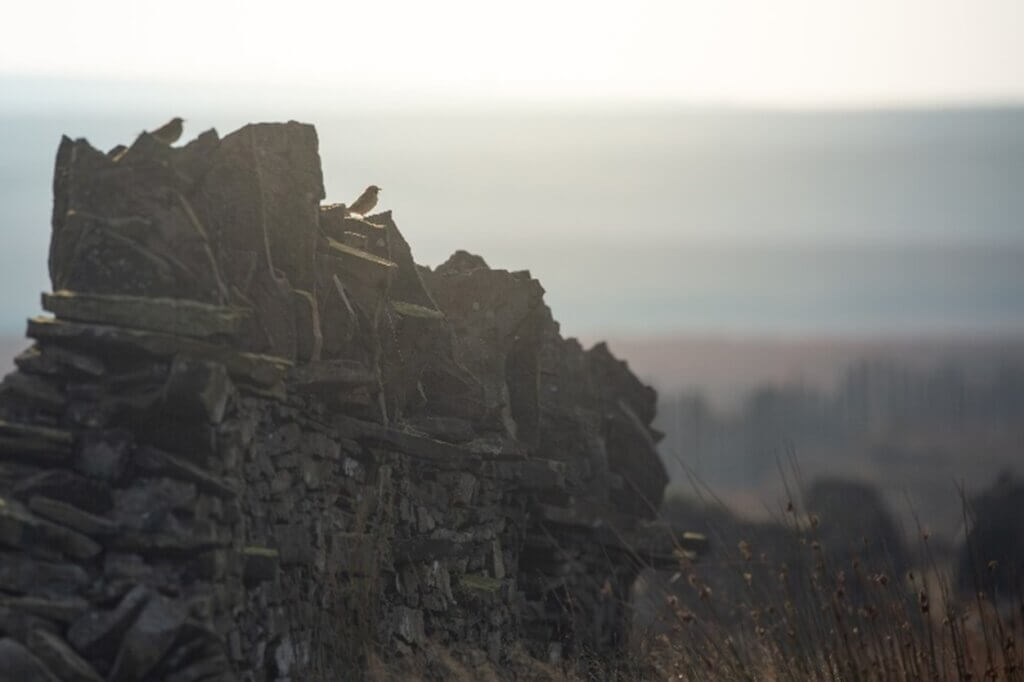
The first thing that strikes me as I arrive at the proposed site of what would be turbine T65 is how wet and boggy it is, with large areas of purple moor grass, feathery bog mosses and hair mosses all lovers of wet moorlands. There are also several drainage trenches from historical farming practices perhaps. Where does this water go?
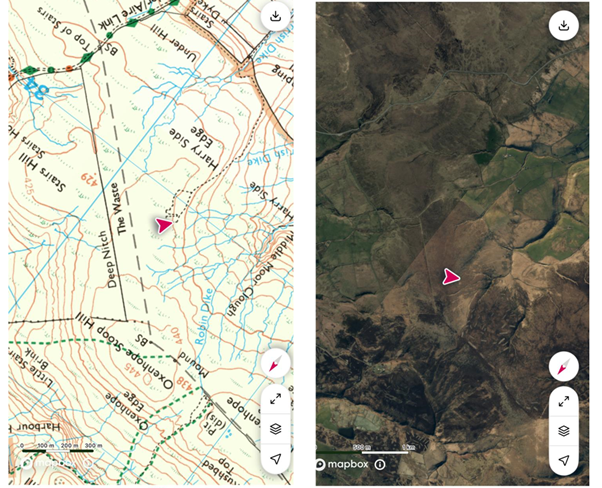
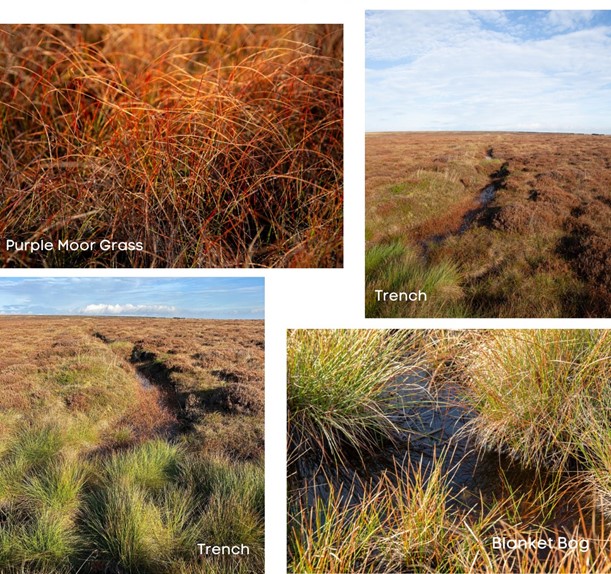
I toss one of my walking poles over my shoulder to select a one square metre sample site. I like to use randomly selected area as opposed to somewhere I felt looked nice and was full of variety.

There is is an abundance of mosses; sphagnum and common haircap.
Acid-loving heathers and bilberry dominate large areas which typically tend to grow in and amongst each other and are a vital food source for so much of the wildlife that comes to these moors, crowberry also evident though less so.
Deep down in the undergrowth I spot some British soldier lichen with their bright red tips that somehow seem a little out of place in what is otherwise a relatively muted landscape. The next set of photographs were all taken from the sample area.
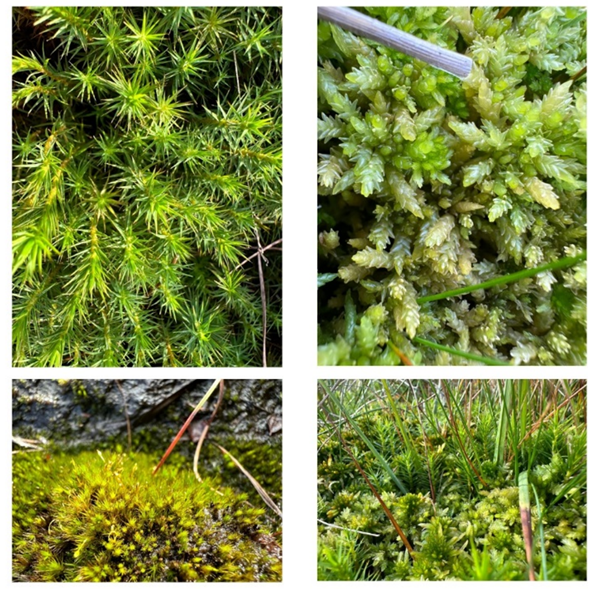
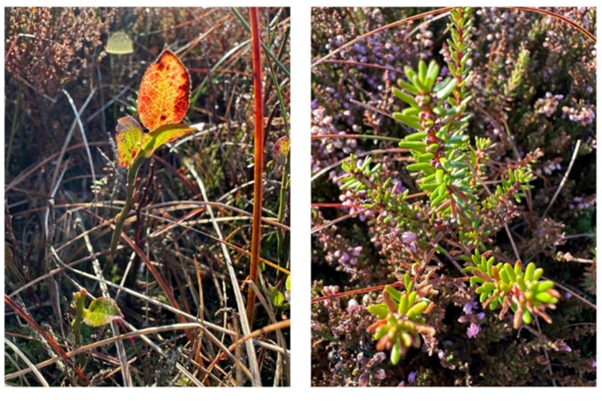
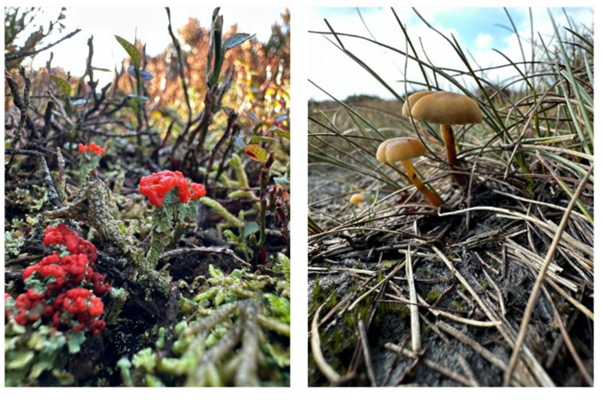
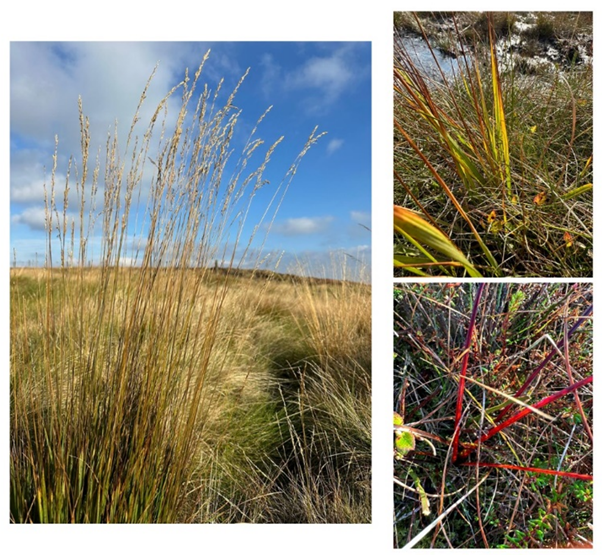
Before I head back across the moor towards The Waste I stand for a while sipping my coffee and think about the impact the turbines will have on me and try to put some perspective around it all. But I can’t. The impact of their presence would be too huge. I have been walking these moorlands for ten years, almost daily, no matter the weather. They are deeply ingrained on my soul.
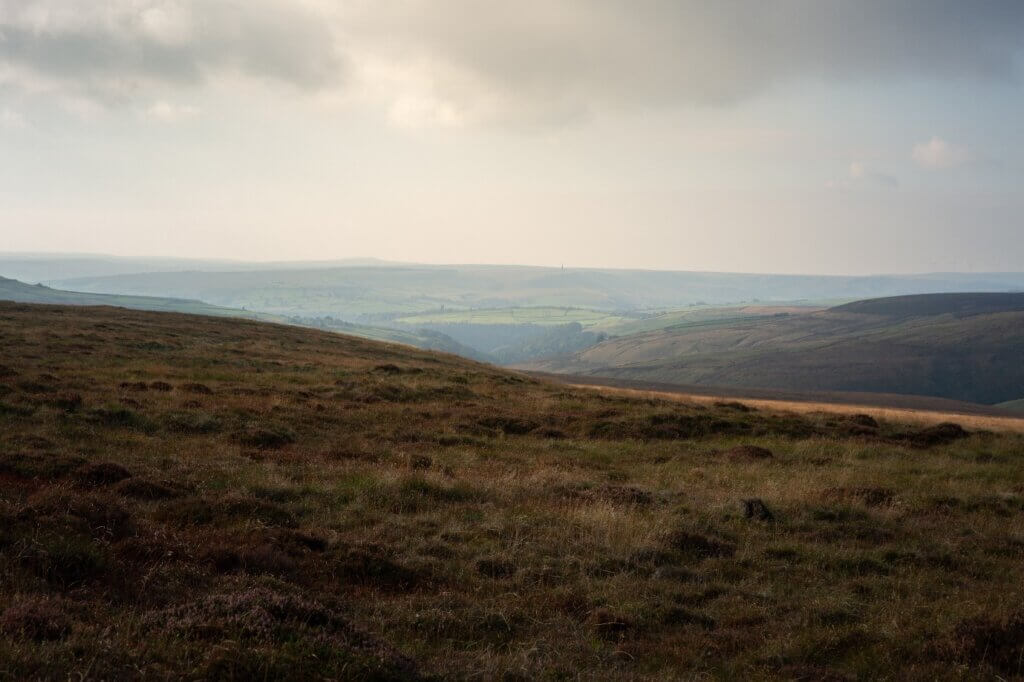
I pack my things away and start to head back. A kestrel passes me by overhead and stops some distance ahead of me hovering above. It swoops down and back up again quickly and then it is gone, leaving me to pick my way back across the moors with my thoughts and a heavy heart.
++++++++++++++++++++++++++++++++++++++++++++++++++++++++
Johnny Turner is a bryologist and ecologist with many years of professional experience. He has lived in Hebden Bridge for over twenty years and currently works as a gardener. He was last seen in these blogs bent double like a giraffe at the water hole for five hours on Crown Point Flat. This poem, which is his first, gives an extraordinary account of a state of mind that many readers who have spent long periods in nature on their own will have experienced at times.

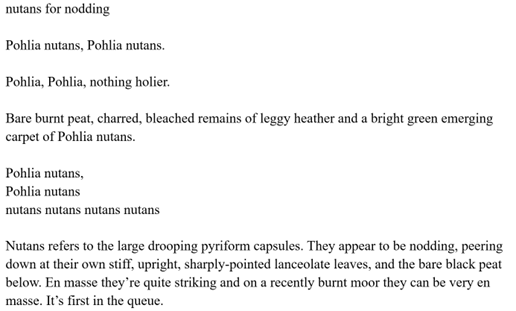

+++++++++++++++++++++++++++++++++++++++++++++++++++++
This is the 22nd in a series of 65 guest blogs on each of the wind turbines which Richard Bannister plans to have erected on Walshaw Moor. Turbines 5, 6, 8, 9, 11, 17, 25, 27, 32, 33, 34, 35, 40, 43, 44, 47, 54, 56, 58, 62 and 64 have already been described. To see all the blogs – click here.
[registration_form]
Beautiful photographs, Kate and a very thoughtful poem Johnny.
Thank you.
I am not a local but have lived in Pecket Well for 11 years now and am drawn to the moors. It is the open space devoid of manmade structures which is so compelling. ( as long as you avoid looking at the far horizons of windfarms )